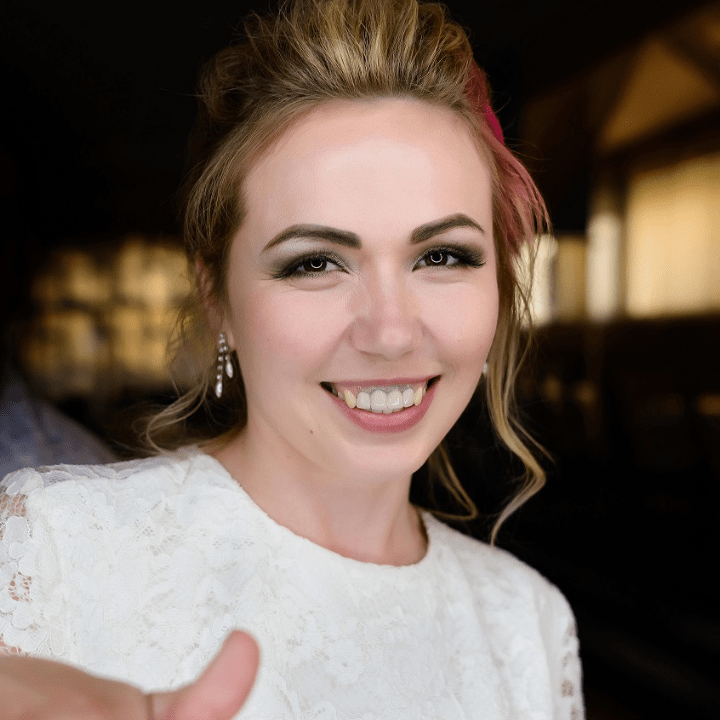




Usually, you will do a trial run to see what works and what doesn’t. Before you meet your potential client for the first consultation, ask them to provide you with inspiration photos of makeup looks they want and also a photo of themselves. When you have both of these photos, you can compare them to see if their inspiration photos make sense with their features.
Is it possible to achieve what they want? Are their expectations realistic? Since you’re the professional, you have a much firmer grasp on what’s realistic and what’s appropriate for the occasion.
You may choose to call them ahead of time and get a feel for their personality. Oftentimes, you can get a pretty good idea of what they want from your services just by speaking with them! Combining what you know about their personality, the inspiration photos, their own features, and your personal expertise, you can come up with suggestions or tweaks to their look in advance.
Make the effort to mitigate as much risk as possible! Always give yourself enough time at the end of the appointment to fix anything they may not be happy with. A 20 minutes window is enough to correct any mistake. If you rush a client and they end up unhappy with the look at the very end, you won’t have time to fix any issues. This can make everyone feel rushed and unsatisfied when leaving. So plan ahead, mitigate risks, and give yourself time to fix any mistakes!

Azzi says that you must absolutely charge for the trial run! You must always factor in your time when you charge for your services. With any makeup trial, you’re often spending far more time and effort than the actual day. Why? Well, you’re working with many different colors, textures, and products while you gauge their comfortability with the look. You’ll be testing out a variety of makeup products until you settle on a combination that makes your client happy. All of this cuts into your professional makeup kit, which you’ll have to eventually replenish.
With the trial run cutting into your time, costs, and expenses, you’ll want to be compensated! She recommends charging the same price or even higher for the trial run. Otherwise, you will be operating at a loss.
If it is a large job—a bridal party on the weekend with a high budget—Azzi suggests that the cut-off period for cancellations be 24-48 hours before the big day. To ensure you aren’t going to be left at a loss if your clients cancel, ensure the cancellation policy in on the initial contract!

Discuss cancellations and make mention of the cancellation clause on the contract at the consultation. When they sign the contract, ensure they also have their own copy.
Azzi mentions that every step you take from beginning to end should ensure that you walk out (mostly) unscuffed if your client cancels.

Azzi stresses the importance of a good invoicing process. When you have a professional procedure for how you conduct your business, you’ll always keep your head above water. You won’t have the added stress of having to chase after clients or be at a loss if they cancel on you!






